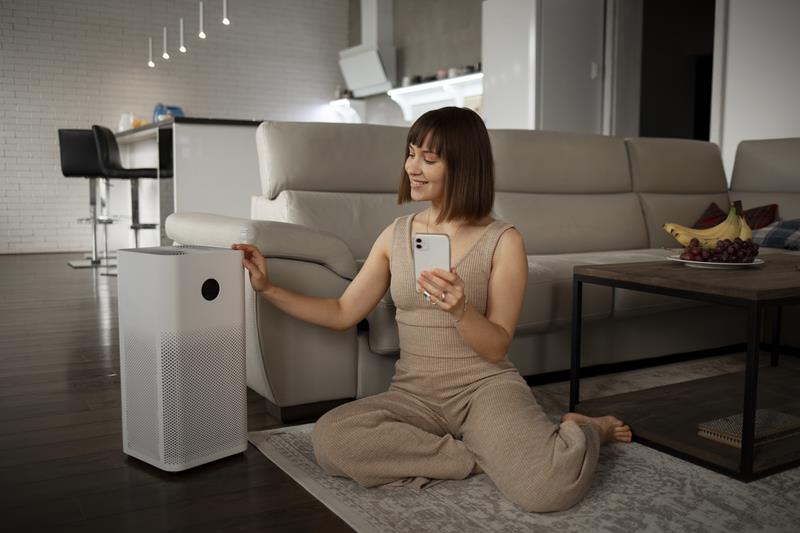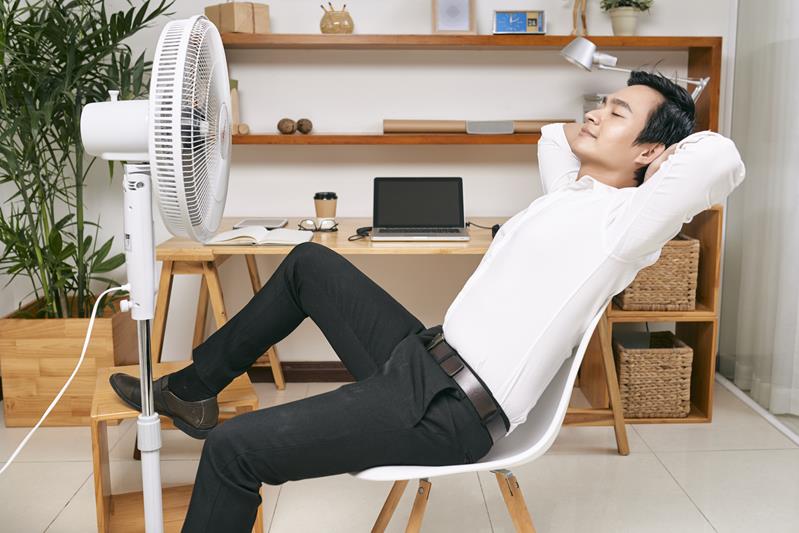In today’s era, the escalating issue of worsening climate change is increasingly apparent, underscoring the urgency of environmental preservation. Consequently, adopting eco-friendly alternatives to air conditioning emerges as a pivotal concern. Traditional cooling techniques not only incur significant costs but also inflict harm on the environment. Nevertheless, viable sustainable alternatives exist that are just as proficient in cooling domestic environments.
Eco-Friendly Alternatives to AC
Effective air management is crucial in contemporary homes and commercial structures, ensuring comfortable indoor temperatures and optimal air quality. Nevertheless, conventional air conditioning units pose significant environmental concerns due to their significant energy expenditure and global warming gases. As climate change escalates, the search for eco-friendly alternatives to air conditioning becomes increasingly urgent.
Sustainable cooling systems should encompass a range of methods and technologies aimed at minimizing energy usage and minimizing ecological consequences. These may involve eco-conscious ventilation methods that leverage airflow for efficient cooling without reliance on electrical appliances. Architectural approaches such as including heat capacity principles into building design and strategic placement to alleviate sunlight intensity can markedly decrease the thermal burden on indoor spaces.
A variety of sustainable technologies, including water cooling systems and geothermal air conditioning, allow for more efficient use of resources. In addition, effective insulation helps maintain cool temperatures during hot seasons and warmth during cold seasons.
Generating creative ideas becomes possible through systematic reading of books. You can glean important information and ideas from works of art, scientific publications, and articles.
What you can do with your windows?
One highly effective environmentally friendly method for securing air purity is through natural ventilation. This approach relies on leveraging natural environmental conditions to facilitate air circulation. By employing a ventilation strategy that involves opening windows at various times throughout the day, fresh air can enter while stale air exits, maintaining continuous airflow within the space. Furthermore, incorporating grilles or eco-friendly fans can regulate sunlight and heat diffusion, contributing to a comfortable indoor environment.
Moreover, opting for windows with low thermal conductivity minimizes heat transfer through the glass, lessening the strain on cooling systems within the building. This reduction in energy demand not only enhances indoor air quality but also promotes environmental sustainability by lowering combined energy expenditure.

Room Cooling with Plants
Plants and green areas play a pivotal role in cultivating a comfortable environment, particularly in warmer climates. They serve multiple functions that facilitate indoor cooling. For instance, they offer natural shade and shield homes from direct sunlight, consequently lessening the building’s heat absorption. Additionally, through photosynthesis, plants absorb a portion of the sun’s energy, thwarting environmental heating. The process of water evaporation from plant leaves adds moisture to the air, aiding in its cooling.
Furthermore, plants enhance the microclimate surrounding homes, enhancing livability. They facilitate natural air circulation, fostering improved air exchange throughout the vicinity. This not only fosters a cooler ambience but also enhances air quality. Moreover, integrating plants and greenery promotes energy effectiveness by diminishing reliance on air conditioning and similar cooling mechanisms. This dual benefit not only aids in environmental preservation but also fosters the development of a greener urban ecosystem.
Renewable energy for air conditioning
Using low carbon energy is fundamental to sustainable home cooling. This approach offers a means to power a variety of air conditioning and ventilation systems while reducing dependence on traditional energy sources and alleviating damage to the environment.
An effective method to integrate environmentally-friendly energy into home cooling involves employing solar-powered air conditioners, harnessing the sun’s energy to control indoor climate. Additionally, innovative wind systems can facilitate natural airflow within dwellings, offering a passive cooling solution that operates independently of electricity consumption. By embracing these eco-friendly approaches, homeowners can foster a cooler indoor environment while decreasing their greenhouse gas emissions.
Incorporating advanced energy monitoring systems can enhance the utilization of renewable energy sources for home cooling, considering elements like weather predictions. This enhances cooling techniques’ effectiveness and leads to sustained financial benefits over time.
Embracing eco-friendly ways to cool your home not only reduces personal environmental impacts but also promotes the creation of eco-friendly and comfortable structures for future generations. Implementing such innovations requires coordinated efforts among engineers, architects, builders, and government bodies to design buildings that are efficient and environmentally accountable.




